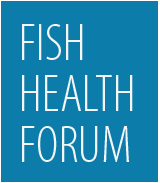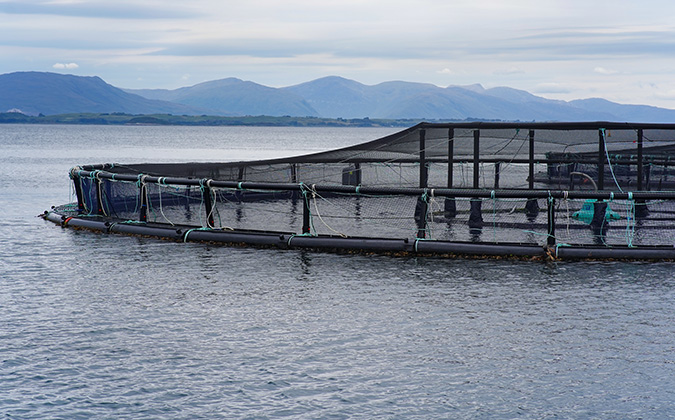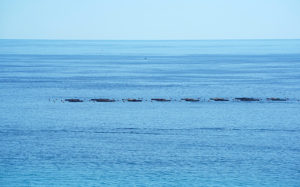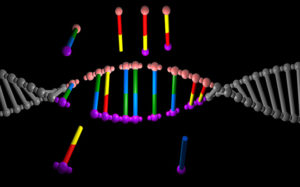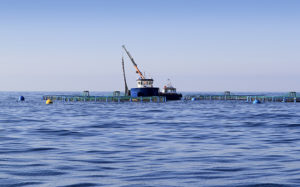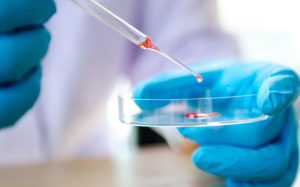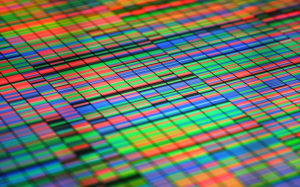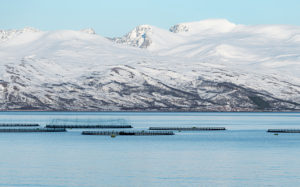One pathogen strain seems the main culprit in damaging salmonid disease
A distinct strain of the main fungus-like pathogen which causes saprolegniosis — thought to be responsible for around 10% of economic losses in the salmonid industry — looks likely to be responsible for the majority of outbreaks of the disease on Atlantic salmon fish farms.
Salmonids
Exposed, offshore salmon farms may complicate fish-health challenges
Life on exposed offshore aquaculture sites may increase the susceptibility of farmed Atlantic salmon to parasites and pathogens.
Cutting antibiotic use in Chile’s growing salmon sector
An interview with Francisco Vallejos, MV, deputy health manager for Camanchaca SA.
Navigating barriers on the road to gene-edited fish
Gene editing could aid fish resistance to disease, as well as provide other advantages to producers, but there are still barriers to overcome before it becomes widely used in global aquaculture, according to an industry expert.
How to balance fish welfare and environmental protection in aquaculture
Fish farmers’ efforts to protect the environment often come at a cost to fish welfare, say scientists at the University of Melbourne, in a new opinion paper.
New knowledge could aid diagnosis of salmon farms’ troublesome cardiac disease
Screening plasma and kidney samples could prove a useful method to provide early diagnosis of cardiomyopathy syndrome (CMS), a common viral disease which causes mortality and welfare issues in Atlantic salmon farming.
How accessible genome sequencing supports sustainable aquaculture
New, affordable technologies are changing the speed and cost at which full-genome sequences can be produced for diverse applications.
Study tracks salmonid alphavirus transmission in Norwegian aquaculture
New genomic analysis of salmonid alphavirus subtype 2 (SAV2) samples from Norway has shed new light on how the pathogen has spread through the country since its introduction in 2010.
Distinct bacterial variants make winter ulcer diagnostics ever-more important
A complex genetic picture is posing problems for Norwegian salmon farmers managing stocks affected by winter ulcer.
